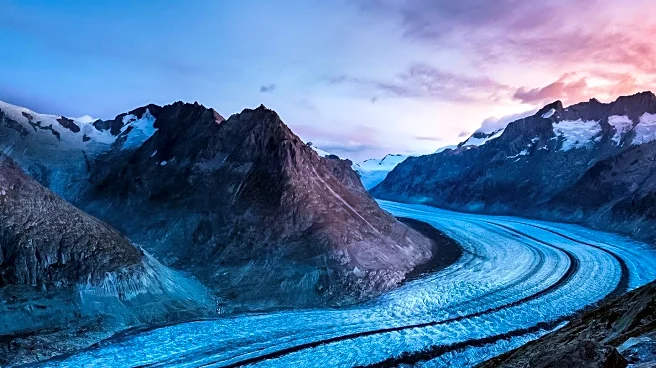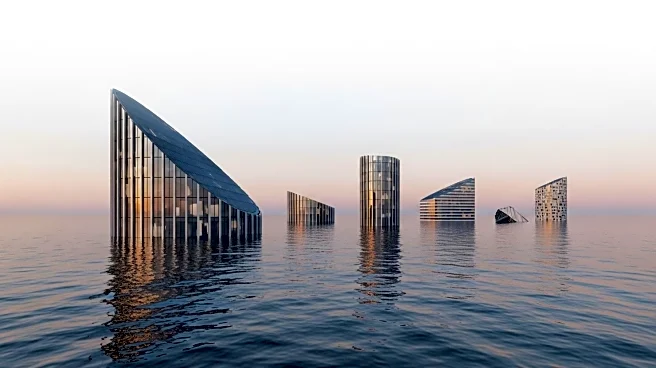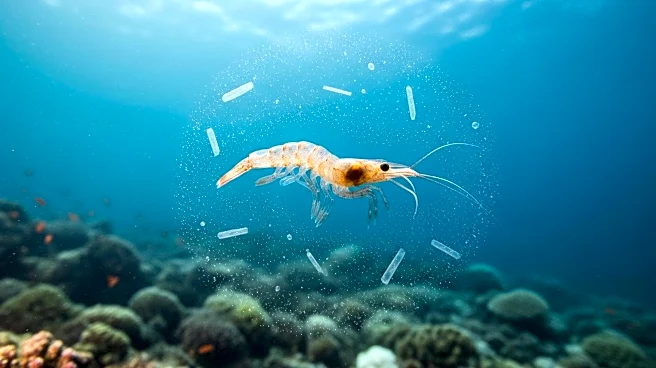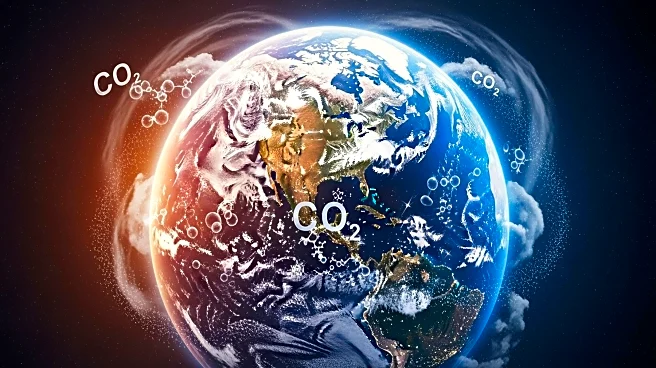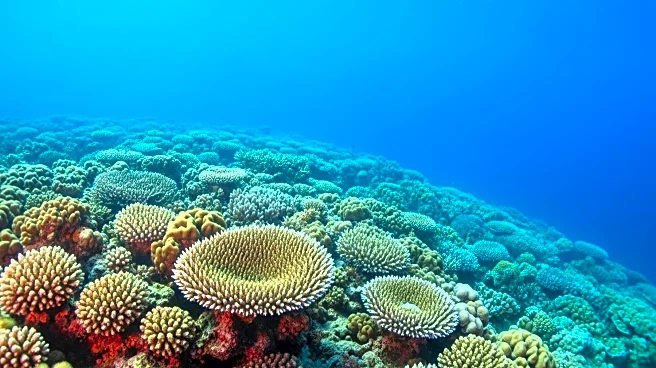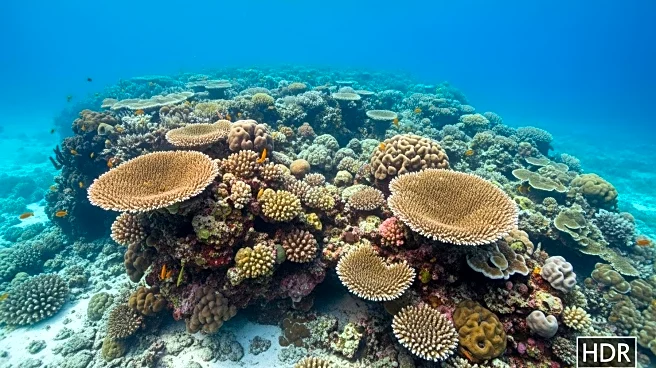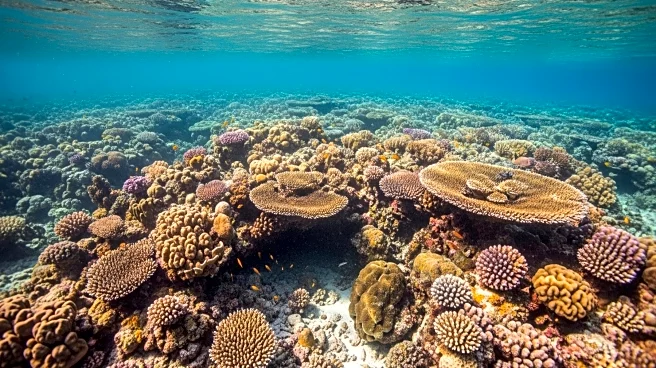What's Happening?
Scientists from ETH Zurich conducted a visual experiment on the Rhône Glacier in the Swiss Alps, using pink dye to highlight the melting process. The dye was released to create a bright-pink stream, serving
as a visual aid for journalists documenting the glacier's rapid melt rate. The experiment was part of a broader effort to measure the pace at which water flows off the glacier, which is faster than ever. The team navigated the glacier's treacherous terrain, equipped with ice picks to ensure safety while observing the melting ice.
Why It's Important?
The melting of the Rhône Glacier is a stark indicator of climate change's impact on the environment. This visual experiment underscores the urgency of addressing global warming, as glaciers are critical sources of freshwater and play a vital role in regulating Earth's climate. The rapid melt rate observed by scientists highlights the need for immediate action to mitigate climate change effects. This event draws attention to the broader implications of glacier melt, including rising sea levels and altered ecosystems, which could have significant consequences for global populations.
What's Next?
The findings from this experiment may prompt further research into glacier melt rates and their environmental impacts. Scientists and policymakers could use this data to advocate for stronger climate action and sustainable practices. The visual representation of glacier melt may also inspire public awareness campaigns, encouraging individuals and communities to reduce their carbon footprint. As the effects of climate change become more visible, international cooperation and policy changes may be necessary to address these challenges effectively.
Beyond the Headlines
The use of pink dye to highlight glacier melt serves as a powerful visual metaphor for the environmental changes occurring globally. This experiment not only provides scientific data but also engages the public in understanding the tangible effects of climate change. The striking imagery could influence cultural perceptions of environmental issues, fostering a sense of urgency and responsibility. As climate change continues to impact natural landscapes, innovative approaches like this may become essential in communicating scientific findings to a broader audience.
